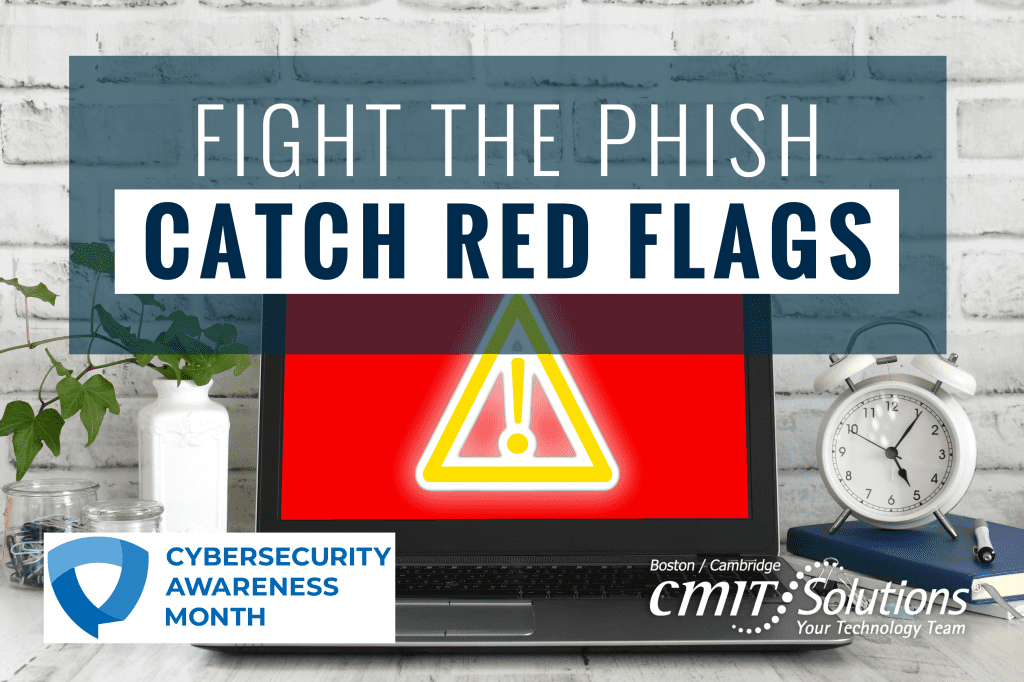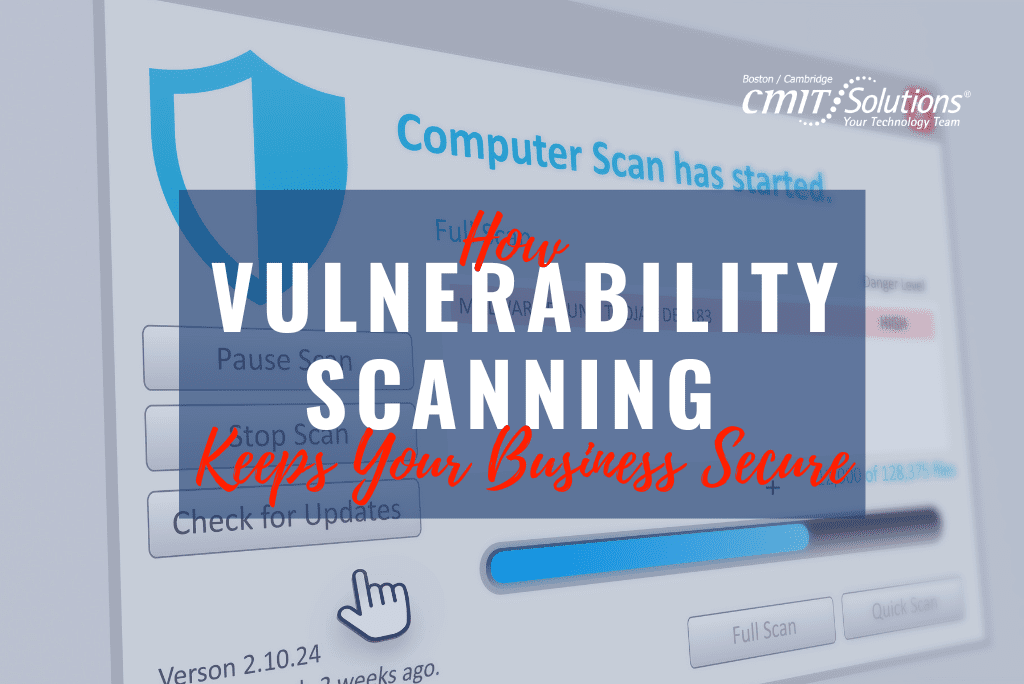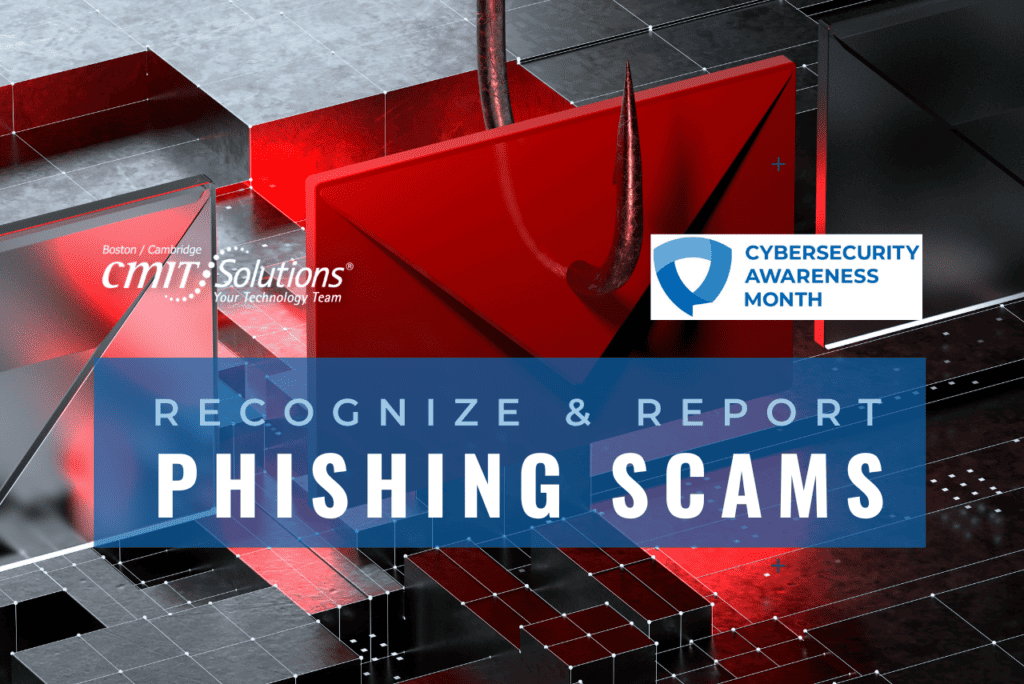How To Catch Phishing Red Flags
Phishing attacks and scams have thrived since the COVID pandemic began in 2020 and today, phishing attacks account for more than 80 percent of reported security incidents. Week 2 of Cybersecurity Awareness Month stresses the importance of being wary of phishing emails, text messages or chat boxes that come from a stranger or someone you were not expecting. Luckily there are phishing red flags you can catch if you stay diligent.
Despite often being overlooked in terms of hype, phishing has been a mainstay in the cybersecurity threat landscape for decades. In fact, 43 percent of cyberattacks in 2020 featured phishing or pre-texting, while 74 percent of US organizations experienced a successful phishing attack last year alone. That means that phishing is one of the most dangerous “action varieties” to an organization’s cybersecurity health. As a result, the need for proper anti-phishing hygiene and best practices is an absolute must.
With that in mind, here are the red flags and best practice tips for dealing with phishing threats.
What Are The Red Flags?
Phishes are masters of making their content and interactions appealing. From content design to language, it can be difficult to discern whether content is genuine or a potential threat, which is why it is so important to know the red flags.
URGENT OR THREATENING LANGUAGE – Any messaging that creates a sense of urgency or threatening language meant to trigger you into taking immediate action is a phishing red flag that the content you received could be from a phish and should be handled with caution.
SPELLING AND GRAMMAR MISTAKES – Look closely! If there are spelling errors and poor grammar usage, it is typically a sign of a phishing attempt. Trickier mistakes that may be harder to spot are when zeros (0’s) will be in place of O’s.
AWKWARD AND UNUSUAL FORMATTING – Does the spacing looks off to you? If the formatting is out of whack it, follow your intuition that something is wrong and be prepared to flag the message.
REQUESTS FOR MONEY OR PERSONAL INFO – This phishing red flag can come in various forms and is not always easy to spot. Any messaging or social media posts requesting you to share your personal information – no matter how seemingly harmless – is a phishing attempt to expose your password information. Be extra wary of anything asking for information typically asked on verification sites. Such as your street name, high school name, favorite foods, etc.
OVERLY EXPLICIT CALLS TO ACTION – Most phishing attempts exploit urgency and trick you into clicking on a compromised link or attachment. Think before you blindly click!
Verify The Source
Is the message really who it says it is from? Many phishes will try to impersonate someone you may already know — such as a colleague, service provider or friend — as a way to trick you into believing their malicious content is actually trustworthy. Don’t fall for it. If you sense any red flags above that something may be out of place or unusual, reach out directly to the individual to confirm whether the content is authentic and safe. If not, break-off communication immediately and report the incident through the proper channels.
Be Aware of Vishing and Other Phishing Offshoots
As more digital natives have come online and greater awareness has been spread about phishing, bad actors have begun to diversify their phishing efforts beyond traditional email. For example, voice phishing — or vishing — has become a primary alternative for bad actors looking to gain sensitive information from unsuspecting individuals. Similar to conventional phishing, vishing is typically executed by individuals posing as a legitimate organization — such as a healthcare provider or insurer — and asking for sensitive information. Simply put, it is imperative that individuals be wary of any sort of communication that asks for personal information whether it be via email, phone or chat — especially if the communication is unexpected. If anything seems suspicious, again, break-off the interaction immediately and contact the company directly to confirm the veracity of the communications.
Fight The Phish
Phishing may be “one of the oldest tricks in the book,” but it is still incredibly effective. And although it may be hard to spot when you may be in the midst of a phishing attempt, by exercising caution and deploying these few fundamentals, individuals and organizations more broadly can drastically mitigate the chances of falling victim to a phishing attack.
Stay tuned each week in October as we’ll post a new blog for Cybersecurity Awareness Month.
Written by: Chris Zambuto | Chief Information Security Officer @CMITBostonCambridge









